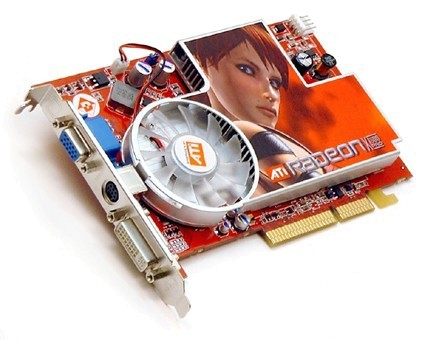Radeon X1600 Pro: Prolonging the Graphics Life of Your AGP Machine
Introduction
Sometimes it's hard to let go, other times it just doesn't make economic sense. Those who have built a high-end system a few years ago could objectively consider the state of today's hardware and believe they have no need to start over. Certainly, a 3 GHz Pentium 4 is competitive with more modern processors for single-threaded applications. Also, low-latency DDR400 still performs well and is used in a variety of systems, and AGP 8X bandwidth still seems up to par. With the exception of dual-core processors in multi-threaded applications, it seems as if graphics processors are the only components that have seen any noticeable performance advancements as of late.
But the gaming world is quickly moving away from AGP systems of any performance level. Sure, last year's AGP cards looked good, but this year's pricing and availability leave much to be desired. Our February article titled The GeForce 7800GS Shows AGP Ain't Dead Yet proved that high-end cards are able to extend the usefulness of older gaming systems, but, again, they retail for high-end prices. In short, you want something up to date, but inexpensive enough to justify keeping your existing motherboard!
Offering the latest graphics features such as Pixel Shader 3.0, High Dynamic Range rendering and hardware H.264 acceleration, ATI Radeon X1600 Pro AGP 512 MB cards seem well suited for those seeking the latest features without dropping "three bills" on a high-end GeForce 7800GS. Diamond's Viper X1600 Pro, which we review here, falls under this category of new high-powered AGP cards.
Join our discussion on this topic
Get Tom's Hardware's best news and in-depth reviews, straight to your inbox.

